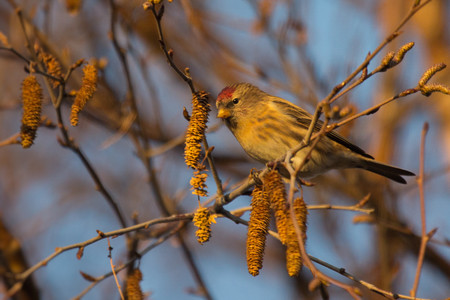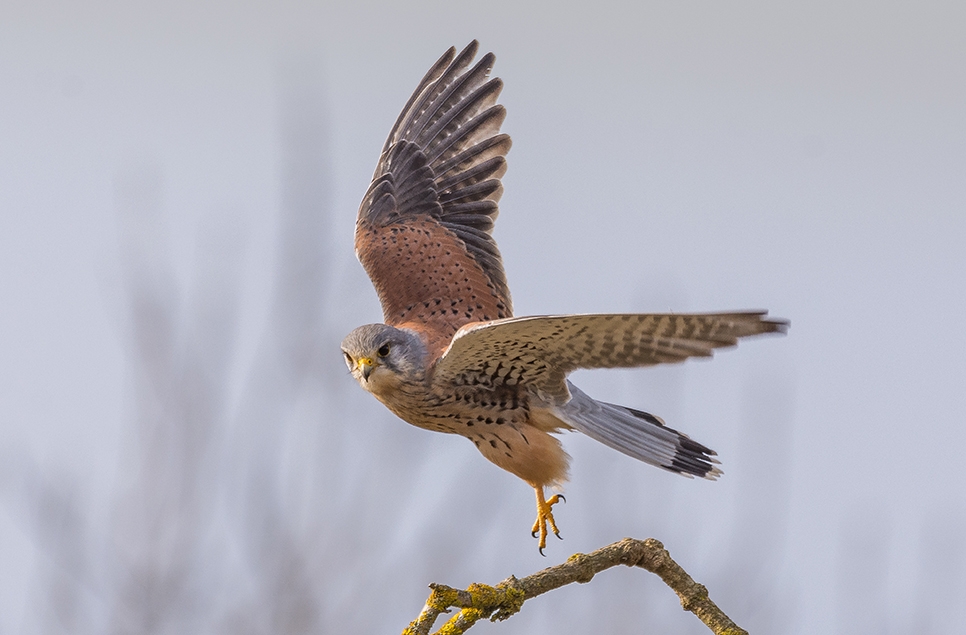Wildlife sightings for 20th July 2016
1 Gadwall brood - 5 ducklings on main lake
1 Peregrine - perched on hospital
1 Kingfisher - sheltered lagoon
4 Common Tern - main lake
1 Chiffchaff - singing on south route
July bird highlights: Little Egret, Shelduck, Whimbrel, Hobby, Redshank, Black-tailed Godwit, Green Sandpiper, Common Sandpiper, Little Ringed Plover, Arctic Tern, Common Tern, Mediterranean Gull, Kingfisher.
The breeding season is coming to an end now and there’s been plenty of young birds on the reserve, including Blackcap, Chiffchaff, Cetti’s Warbler, Reed Warbler, Song Thrush, Common Tern, Black-headed Gull, Tufted Duck, Gadwall, Whitethroat, Greenfinch and Kingfisher. The Kingfishers successfully raised one chick for the first time on the reserve, so hopefully they will try again next year. The Terns managed a few young despite the increasing size of the Black-headed Gull colony competing for nesting sites. We are now looking out for more Tufted Duck and Pochard broods on the lakes, and possibly one or two late Shoveler broods. Sand Martins have had a remarkable year with 71 nesting attempts in the artificial bank, up from just 15 nests last year, reversing the long-term decline we have seen over the last 10 years.
There are already signs of early autumn migration with a few immature migrant waders dropping, Arctic Tern stopping over to feed and wash, and a Yellow Wagtail feeding on the marsh.
Bats: species of bat recorded on site have included abundant activity of Soprano Pipistrelle (UK BAP priority species); other species have included Common Pipistrelle, Nathusius’ Pipistrelle (UK rare), Noctule (UK BAP priority species), Leisler’s Bat (UK rare) and Daubenton’s Bat.
Reptiles: Grass Snake (UK BAP priority species), Common Lizard, Slow Worm (UK BAP priority species). The non-native Red-eared and Yellow-bellied Slider Terrapins still make occasional appearances e.g. on the Wader Scrape.
Plants: Ragged Robin, Yellow Loosestrife, Purple Loosestrife, Fleabane, Meadowsweet, Branched Bur-reed, Meadow Rue, Meadow Vetchling, Tare, Tufted Vetch, Common Vetch, Bird’s Foot Trefoil, Common Stitchwort, Hemp Agrimony, Agrimony, Water Dropwort, Ragwort, Creeping Thistle, Spear Thistle, Forget-me-knot, Betony, Knapweed, Wild Carrot… to name just a few.
Fish: x2 one metre length silver Eels (UK BAP priority species) have been seen taken by Grey Herons.
Butterflies and day-flying Moths: Brimstone > Small White> Holly Blue, Orange Tip > Green-veined White > Peacock > Yellow-banded Longhorn, Speckled Wood, Large White, Common Blue > Small Tortoiseshell, Burnet Companion > Small Yellow Underwing.
Dragonflies and Damselflies: Azure Damselfly > Blue-tailed Damselfly > Common Blue Damselfly > Large Red Damselfly > Hairy Hawker.



